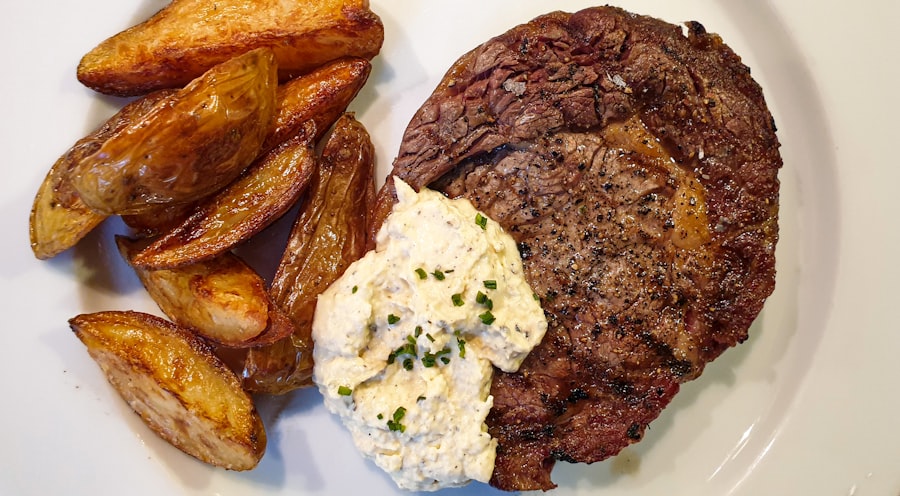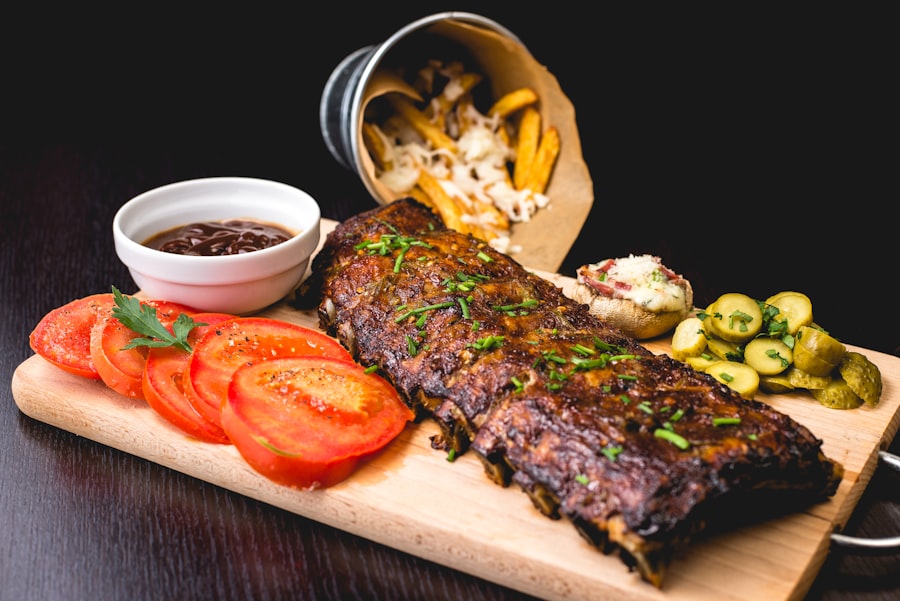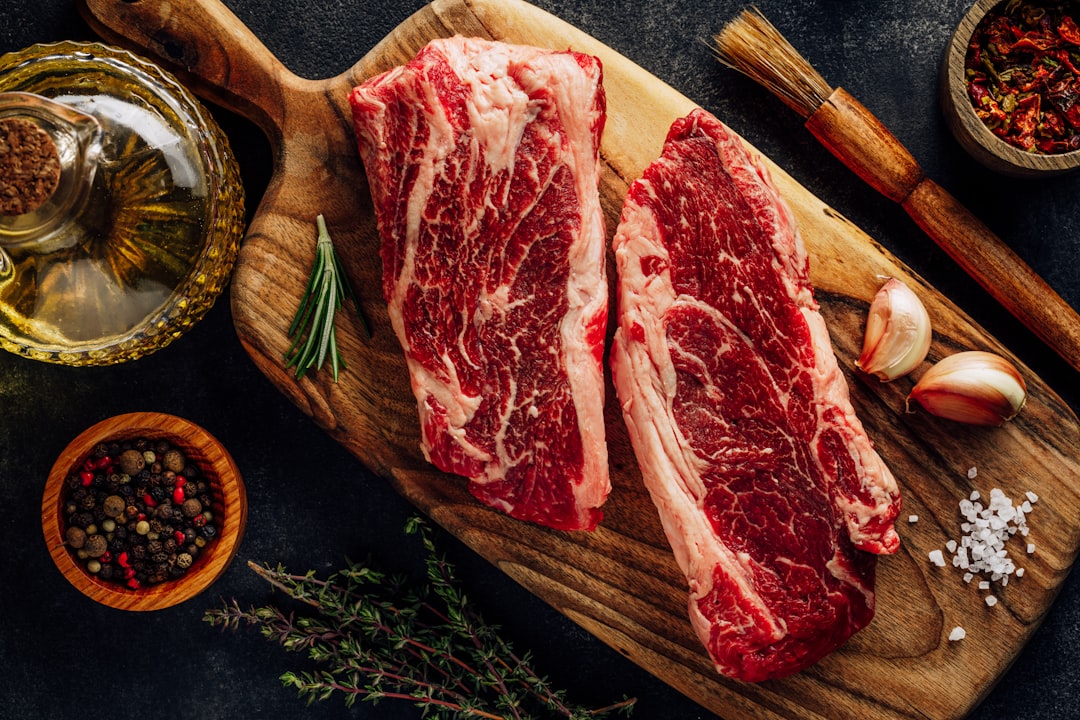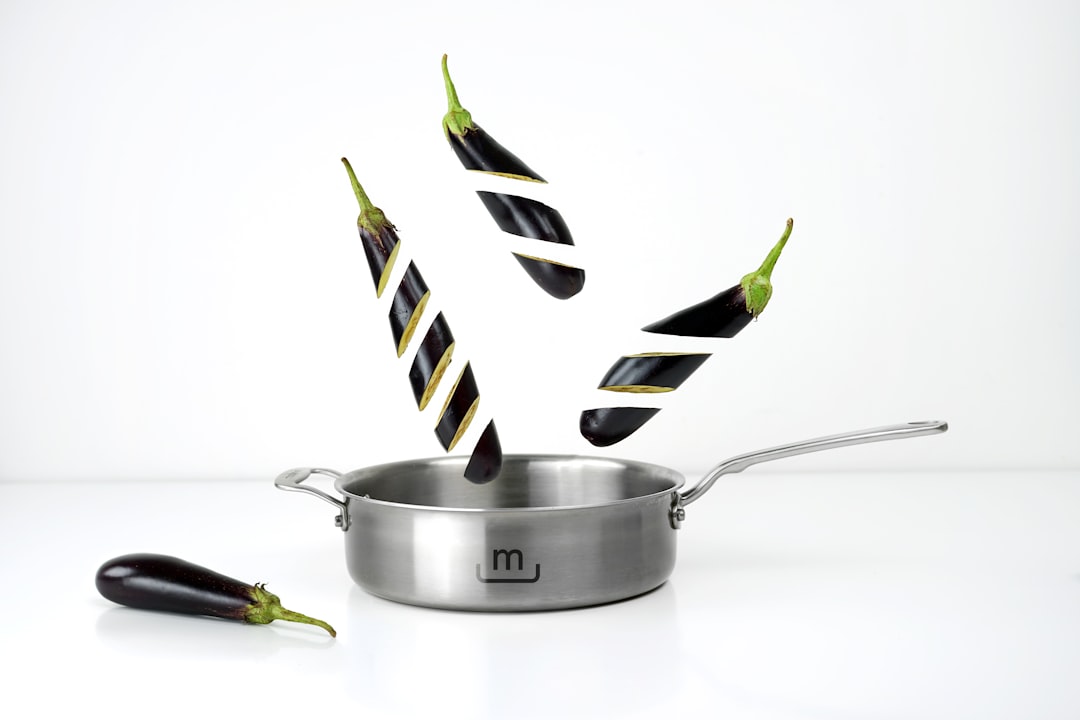Cooking is an ancient art that has evolved over millennia, transforming raw ingredients into delectable dishes that nourish both body and soul. The methods employed in cooking are as diverse as the cultures that practice them, each technique offering unique flavors, textures, and experiences. From the simple act of boiling water to the intricate processes of sous-vide, understanding various cooking methods is essential for anyone looking to elevate their culinary skills.
Each method not only affects the final taste and presentation of a dish but also influences the nutritional value of the ingredients used. The choice of cooking method can significantly alter the outcome of a meal. For instance, grilling imparts a smoky flavor that is hard to replicate with other techniques, while baking creates a tender crumb in bread that is achieved through a controlled environment of heat.
As we delve into the various cooking methods, it becomes clear that mastering these techniques is not just about following recipes; it’s about understanding the science behind them and how they interact with different ingredients. This knowledge empowers cooks to innovate and adapt, leading to a more personalized and enjoyable cooking experience.
Key Takeaways
- Different cooking methods can greatly impact the flavor, texture, and nutritional value of your dishes.
- Heat plays a crucial role in cooking, affecting the taste, appearance, and safety of food.
- Grilling and barbecuing techniques can add a smoky flavor and charred texture to your food.
- Baking and roasting are dry-heat cooking methods that create a golden crust and caramelized flavors.
- Sautéing and stir-frying are quick and versatile methods that preserve the natural flavors and textures of ingredients.
Understanding the Role of Heat in Cooking
Conduction: Direct Heat Transfer
For example, conduction occurs when food comes into direct contact with a hot surface, such as a frying pan or grill, leading to browning and caramelization. This process enhances flavors and creates appealing textures.
Convection: Indirect Heat Transfer
Convection, on the other hand, involves the movement of hot air or liquid around food, as seen in baking or boiling. This method ensures even cooking and can be particularly effective for larger cuts of meat or baked goods.
Radiation: Energy Waves
Radiation is another form of heat transfer, exemplified by microwave cooking or broiling, where energy waves directly heat the food. Understanding these principles allows cooks to manipulate heat effectively, ensuring that each dish is cooked to perfection while retaining its essential qualities.
Grilling and Barbecuing Techniques

Grilling and barbecuing are two popular cooking methods that often get conflated but are distinct in their techniques and outcomes. Grilling typically involves cooking food quickly over high heat on a grill grate, which imparts a characteristic char and smoky flavor. This method is ideal for smaller cuts of meat, vegetables, and seafood.
The key to successful grilling lies in preheating the grill to the right temperature and managing flare-ups caused by dripping fat. Marinades and rubs can enhance flavor while also helping to tenderize tougher cuts of meat. Barbecuing, in contrast, is a slower cooking process that often involves indirect heat and smoke from wood or charcoal.
This method is commonly associated with larger cuts of meat, such as brisket or ribs, which benefit from low-and-slow cooking to break down tough connective tissues. The use of wood chips or chunks can add layers of flavor through smoking, creating a complex taste profile that is highly sought after in barbecue cuisine. Mastering these techniques requires patience and practice but rewards cooks with deeply flavorful dishes that are perfect for gatherings and celebrations.
Exploring the Art of Baking and Roasting
| Recipe | Ingredients | Preparation Time | Cooking Time |
|---|---|---|---|
| Chocolate Cake | Flour, sugar, cocoa powder, eggs, milk, butter | 20 minutes | 30 minutes |
| Roast Chicken | Whole chicken, salt, pepper, garlic, lemon, thyme | 15 minutes | 1 hour 30 minutes |
| Apple Pie | Apples, sugar, cinnamon, flour, butter, pie crust | 25 minutes | 45 minutes |
Baking and roasting are two methods that utilize dry heat to cook food, but they serve different purposes and yield different results. Baking is primarily associated with preparing bread, pastries, cakes, and other confections. The process relies on precise measurements and temperatures to achieve the desired rise and texture.
For instance, yeast-based breads require specific conditions for fermentation and proofing before baking to ensure they develop the right structure and flavor. The Maillard reaction during baking creates a golden crust that enhances both taste and appearance. Roasting, while similar in technique, is often applied to meats and vegetables.
This method involves cooking food at higher temperatures to achieve caramelization on the exterior while keeping the interior moist and tender. Roasting vegetables brings out their natural sweetness and can create a delightful contrast in textures when paired with meats. Techniques such as basting or using a roasting rack can further enhance results by promoting even cooking and preventing dryness.
Both baking and roasting require an understanding of timing and temperature control to achieve optimal results.
Mastering the Art of Sautéing and Stir-Frying
Sautéing and stir-frying are quick cooking methods that rely on high heat and minimal fat to create flavorful dishes in a short amount of time. Sautéing typically involves cooking food in a small amount of oil or fat over medium to high heat in a wide pan or skillet. This technique is ideal for vegetables, proteins, or grains that benefit from quick cooking while retaining their color and texture.
The key to successful sautéing lies in ensuring that the pan is hot enough before adding ingredients; this prevents sticking and promotes even browning. Stir-frying, often associated with Asian cuisine, takes this concept further by using a wok or similar pan at very high temperatures. The rapid cooking process allows for quick searing while preserving the nutrients in vegetables and proteins.
Ingredients are usually cut into uniform pieces to ensure even cooking, and sauces are added towards the end to coat the food without steaming it. Mastering these techniques requires practice in timing and ingredient management but can lead to vibrant dishes bursting with flavor.
Delving into the World of Braising and Stewing

Braising and stewing are slow-cooking methods that transform tough cuts of meat into tender, flavorful dishes through prolonged exposure to moisture and low heat. Braising typically involves searing meat first to develop a rich crust before adding liquid—such as broth or wine—and covering it to cook slowly in an oven or on the stovetop. This method is particularly effective for larger cuts like chuck roast or pork shoulder, allowing connective tissues to break down while infusing flavors from aromatics like onions, garlic, and herbs.
Stewing shares similarities with braising but usually involves smaller pieces of meat cooked entirely submerged in liquid. This method allows for a more uniform distribution of flavors throughout the dish as ingredients simmer together over time. Stews often incorporate vegetables, legumes, or grains that absorb the rich broth created during cooking.
Both techniques require patience but reward cooks with hearty meals that are perfect for colder months or family gatherings.
Uncovering the Secrets of Steaming and Boiling
Steaming and boiling are two methods that utilize water as a medium for cooking but differ significantly in their approach and outcomes. Boiling involves submerging food in rapidly bubbling water at high temperatures, which can lead to nutrient loss if not carefully monitored. This method is commonly used for pasta, grains, or blanching vegetables before further preparation.
The key to successful boiling lies in timing; overcooking can result in mushy textures while undercooking may leave food tough. Steaming offers a gentler alternative that preserves nutrients better than boiling by cooking food with steam rather than direct contact with water. This method is particularly effective for vegetables, fish, and dumplings, allowing them to retain their color, texture, and flavor without added fats.
Steaming can be accomplished using various tools such as bamboo steamers or electric steamers, each providing unique benefits depending on the dish being prepared. Understanding how to effectively use these methods can lead to healthier meals without sacrificing taste.
Embracing the Versatility of Deep Frying and Pan Frying
Deep frying and pan frying are two popular methods that utilize oil to create crispy textures in food but differ in their execution and results. Deep frying involves submerging food completely in hot oil, allowing for even cooking and a distinctive crunch on the exterior while keeping the interior moist. This method is commonly used for items like fried chicken or doughnuts, where achieving a golden-brown crust is essential.
Temperature control is crucial; too low can result in greasy food while too high can lead to burnt exteriors. Pan frying offers a more controlled approach by using less oil than deep frying while still achieving crispy results. In this method, food is cooked in a shallow layer of oil over medium heat, allowing for browning without complete submersion.
This technique works well for items like fish fillets or pork chops where a crispy exterior complements tender meat inside. Both methods require attention to detail regarding oil temperature and cooking time but can yield delicious results when executed correctly.
Utilizing the Power of Pressure Cooking and Slow Cooking
Pressure cooking and slow cooking are two methods that offer unique advantages for preparing meals with minimal effort while maximizing flavor development. Pressure cooking utilizes steam under high pressure to cook food quickly while retaining moisture and nutrients. This method is particularly effective for tough cuts of meat or legumes that typically require long cooking times; pressure cooking can reduce these times significantly without sacrificing tenderness or flavor.
Slow cooking operates on the opposite principle—cooking food at low temperatures over an extended period allows flavors to meld beautifully while breaking down tougher ingredients gradually. Slow cookers are ideal for stews, soups, or braised dishes where convenience is key; simply add ingredients in the morning and return home to a fully cooked meal by evening. Both methods cater to busy lifestyles while delivering satisfying results that highlight the natural flavors of ingredients.
Experimenting with Smoking and Curing Techniques
Smoking and curing are two preservation methods that also impart unique flavors to food through careful manipulation of time and temperature. Smoking involves exposing food—often meats or fish—to smoke from burning wood chips or sawdust at low temperatures over extended periods. This technique not only enhances flavor but also helps preserve food by creating an environment inhospitable to bacteria.
Different types of wood impart distinct flavors; for example, hickory offers a robust smokiness while applewood provides a milder sweetness. Curing employs salt or sugar to draw moisture out of food while enhancing flavor through fermentation or drying processes. Commonly used for meats like bacon or prosciutto, curing can also apply to fish (as seen in gravlax) or vegetables (like pickles).
The balance between saltiness and sweetness is crucial; too much salt can overpower natural flavors while too little may not adequately preserve the food. Both smoking and curing require patience but reward cooks with deeply flavored ingredients that elevate any dish.
Choosing the Right Cooking Method for Your Dish
The world of cooking methods is vast and varied, each offering unique benefits that cater to different ingredients and desired outcomes. Understanding these techniques allows cooks not only to replicate traditional recipes but also to innovate by combining methods or adapting them based on available resources or dietary preferences. Whether one opts for grilling on a summer evening or slow-cooking a hearty stew during winter months, each method contributes its own character to culinary creations.
As cooks become more familiar with these techniques, they gain confidence in their ability to experiment with flavors and textures while honing their skills in the kitchen. Ultimately, choosing the right cooking method enhances not only the final dish but also the overall experience of preparing meals—transforming everyday ingredients into extraordinary culinary delights.



